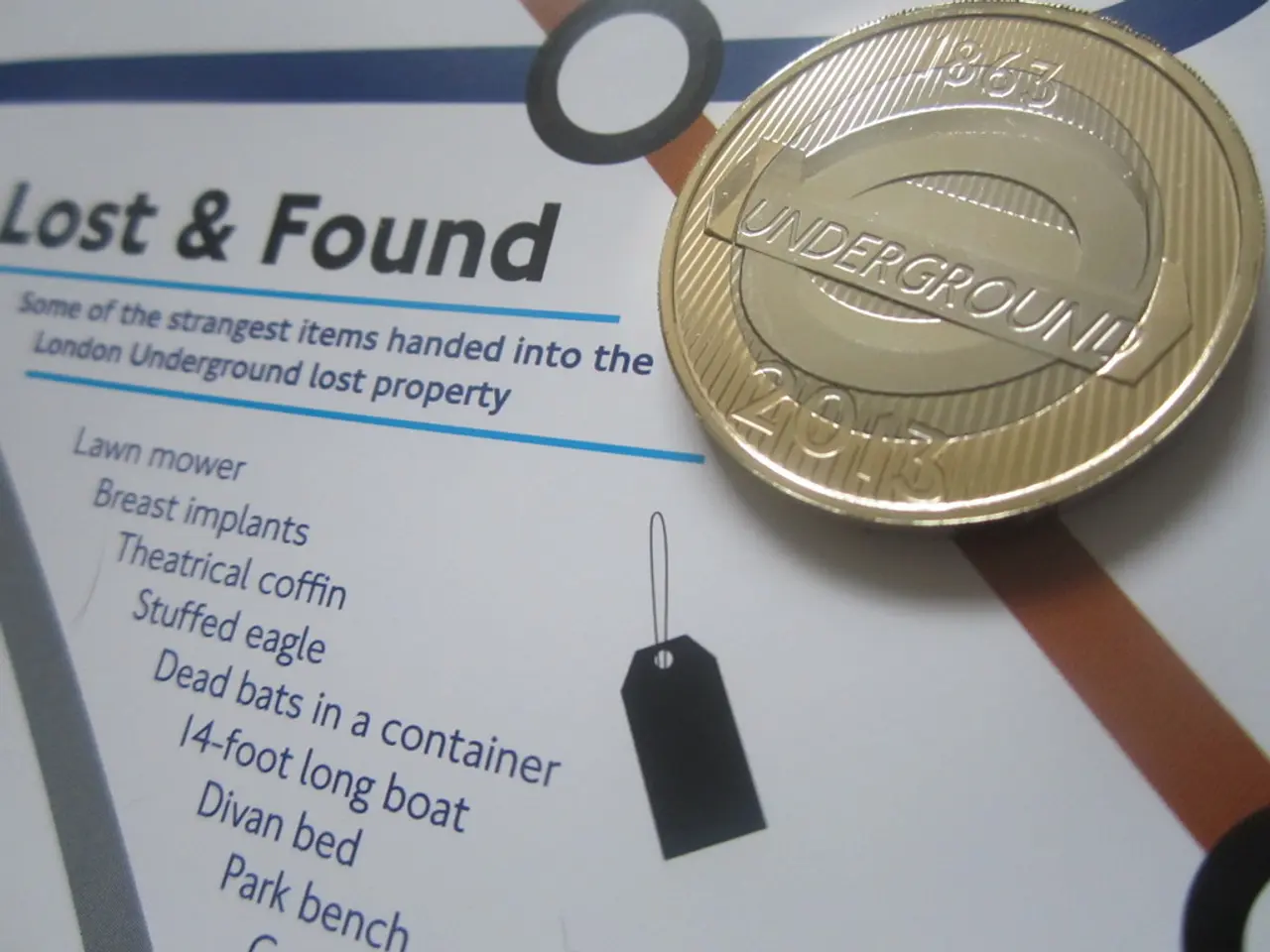Air-to-Ground Digital Messaging System for Aviation Communications (CPDLC)
Lightening Up the Skies: Controller Pilot Data Link Communications (CPDLC)
Hey there! Let's talk about Controller Pilot Data Link Communications, or CPDLC – a game-changer in aviation communication. Think of it as a digital, text-based messaging system that establishes a direct, crystal-clear line between air traffic controllers and pilots. No more confusion due to radio congestion, language barriers, or similar call signs – only accurate, targeted communication.
A New Dawn for Aviation Communication
CPDLC was born out of the need for more efficient and reliable communication, especially in oceanic and remote airspace where radar coverage is limited. Inspired by the Future Air Navigation System (FANS), CPDLC was designed to enhance the safety and efficiency of air traffic management.
How It Works
CPDLC creates a two-way data link between controllers and pilots, making it possible to exchange non-urgent strategic messages. These messages are displayed on a visual interface in the cockpit, enabling pilots to read and respond accordingly. Supporting various data link services, the system facilitates the exchange of messages corresponding to the traditional voice phraseology used in air traffic control procedures.
Why We Love CPDLC
- Unclogged Airwaves: By offloading routine communications from voice channels, CPDLC alleviates congestion on radio frequencies, particularly in busy airspace.
- Higher Accuracy: Digital messages minimize the risk of miscommunication, leading to more accurate exchanges between pilots and controllers.
- Streamlined Efficiency: The system simplifies communication processes, allowing for quicker transmission and acknowledgment of messages, boosting overall flight efficiency.
Where It's All Happening
CPDLC is particularly beneficial in oceanic and remote regions. It has been implemented in various airspaces worldwide, including the North Atlantic and Europe. For example, the Link 2000+ program in Europe has facilitated the adoption of CPDLC in continental airspace, with mandatory equipment requirements for aircraft operating above certain flight levels.
** wrapping it up**
As the skies get busier, CPDLC represents a crucial step forward in optimizing aviation communication. Its adoption contributes to enhanced safety, reduced workload for both pilots and controllers, and improved overall efficiency in air traffic management.
References:
- International Civil Aviation Organization (ICAO). (2018). Annex 10 to the Convention on International Civil Aviation: Aeronautical Telecommunications. Retrieved from https://www.icao.int/safety/airnavigation/OPS/Documents/AN11/AN11_Report_en.pdf
- Federal Aviation Administration (FAA). (2017). Controller Pilot Data Link Communications (CPDLC). Retrieved from https://www.faa.gov/nextgen/programs/cpdlc/
- Eurocontrol. (2016). CPDLC Implementation Guide. Retrieved from https://www.eurocontrol.int/sites/default/files/2019-05/cpdlc-implementation-guide-2016.pdf
- International Air Transport Association (IATA). (2019). CPDLC - An Overview. Retrieved from https://www.iata.org/en/programs/ops-infra/data-link/cpdlc/overview/
Additional Insights:
- Reduced Miscommunication: CPDLC's text-based protocol significantly lowers the chance of misunderstood instructions, which is especially crucial in busy airspace or during critical phases of flight.
- Enhanced Situational Awareness: Both pilots and air traffic controllers can access a clear, written record of instructions and responses, improving coordination and reducing errors.
- Decreased Radio Congestion: By reducing reliance on voice communications, CPDLC preserves bandwidth for essential voice messages and emergency communications.
- Increased Operational Efficiency: Quick, automated responses to changes in weather, airspace, or traffic flow allow for faster reactions, reducing delays and conserving fuel.
- Backup Communication: In cases where voice communication fails, CPDLC provides a reliable, alternate means for essential traffic management.
Global adoption of CPDLC is becoming increasingly widespread:
- United States: The FAA has implemented CPDLC as part of the Data Communications (Data Comm) program, with ongoing expansion to additional airports.
- Europe: EUROCONTROL has integrated CPDLC for use in upper airspace, supporting both commercial and business aviation.
- Global Airspace: Many countries have embraced CPDLC in high-density traffic areas and regions with advanced air traffic management infrastructure.
- Integration with AI and Autonomous Systems: CPDLC is being used by autonomous aircraft for automated clearances and real-time updates from air traffic control, further enhancing safety and operational efficiency.
Overall, CPDLC has become a prominent feature of modern air traffic management, supporting safer, more efficient, and digitally connected global airspace.
- Technology, such as CPDLC, has significantly improved air traffic management, particularly in oceanic and remote airspace, by offering a digital, text-based messaging system for clear and accurate communication between air traffic controllers and pilots.
- This enhanced communication system, inspired by the Future Air Navigation System (FANS), enables the exchange of strategic messages and aids in unclogging airwaves for more efficient use of radio frequencies, thus advancing communication in the realm of science and aviation.




